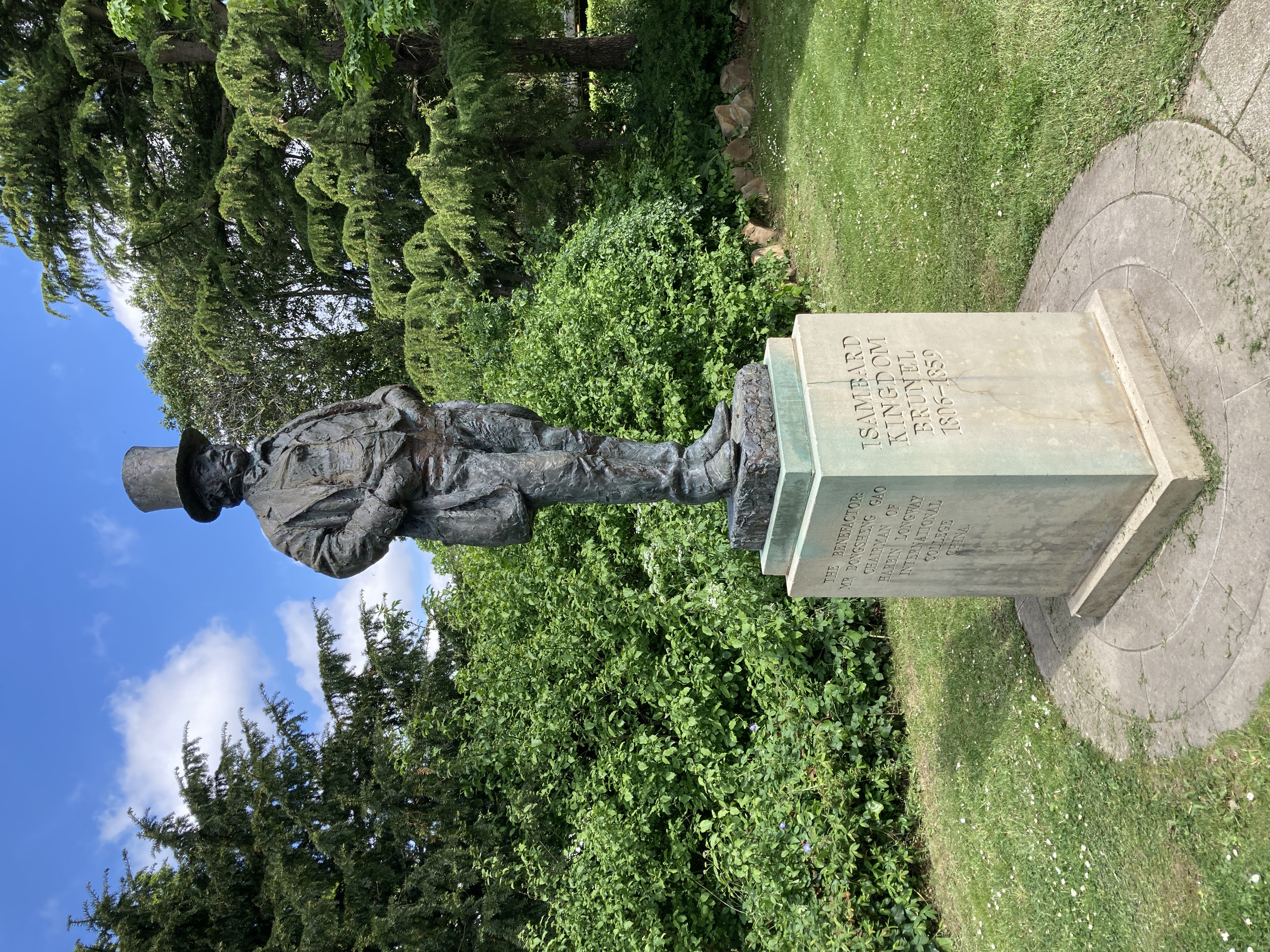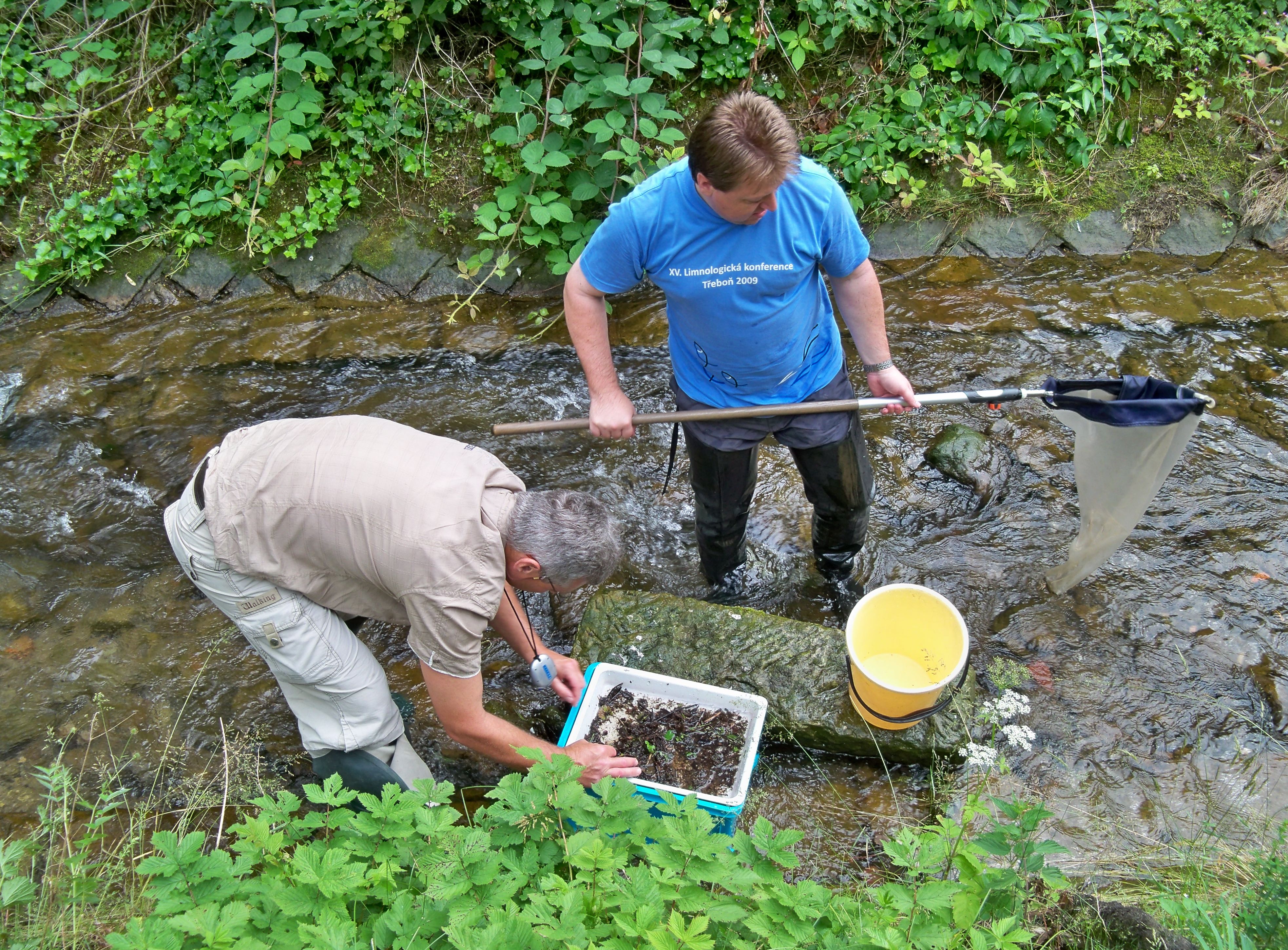|
Socially Distributed Cognition
Distributed cognition is an approach to cognitive science research that was developed by cognitive anthropologist Edwin Hutchins during the 1990s. From cognitive ethnography, Hutchins argues that mental representations, which classical cognitive science held that are within the individual brain, are actually distributed in sociocultural systems that constitute the tools to think and perceive the world. Thus, a native of the Carolina Islands can perceive the sky and organize his perceptions of the constellations typical of his culture (the groupings of stars are different than in the traditional constellations of the West) and use the position of the stars in the sky as a map to orient himself in space while sailing overnight in a canoe. According to Hutchins, cognition involves not only the brain but also external artifacts, work teams made up of several people, and cultural systems for interpreting reality (mythical, scientific, or otherwise). Distributed cognition theory is pa ... [...More Info...] [...Related Items...] OR: [Wikipedia] [Google] [Baidu] |
Cognitive Science
Cognitive science is the interdisciplinary, scientific study of the mind and its processes. It examines the nature, the tasks, and the functions of cognition (in a broad sense). Mental faculties of concern to cognitive scientists include perception, memory, attention, reasoning, language, and emotion. To understand these faculties, cognitive scientists borrow from fields such as psychology, economics, artificial intelligence, neuroscience, linguistics, and anthropology.Thagard, PaulCognitive Science, ''The Stanford Encyclopedia of Philosophy'' (Fall 2008 Edition), Edward N. Zalta (ed.). The typical analysis of cognitive science spans many levels of organization, from learning and decision-making to logic and planning; from neuron, neural circuitry to modular brain organization. One of the fundamental concepts of cognitive science is that "thinking can best be understood in terms of representational structures in the mind and computational procedures that operate on those structur ... [...More Info...] [...Related Items...] OR: [Wikipedia] [Google] [Baidu] |
Brunel University London
Brunel University of London (BUL) is a Public university, public Research universities, research university located in the Uxbridge area of London, England. It is named after Isambard Kingdom Brunel, a Victorian era, Victorian engineer and pioneer of the Industrial Revolution. It became a university in June 1966, when Brunel College of Advanced Technology was awarded a royal charter and became Brunel University; it is sometimes considered a plate glass university. In 2014 the university formally adopted the name Brunel University London, and in 2024 became the University of London's 17th member, adopting the trading name Brunel University of London. Since 2014 the university has been organised into three colleges: the College of Business, Arts and Social Sciences; the College of Engineering, Design and Physical Sciences; and the College of Health, Medicine and Life Sciences. Brunel has over 16,000 students and 2,200 staff, and an annual income of £271.3 million (2021–22) ... [...More Info...] [...Related Items...] OR: [Wikipedia] [Google] [Baidu] |
Collaborative Tagging
Folksonomy is a classification system in which end users apply public tags to online items, typically to make those items easier for themselves or others to find later. Over time, this can give rise to a classification system based on those tags and how often they are applied or searched for, in contrast to a taxonomic classification designed by the owners of the content and specified when it is published. This practice is also known as collaborative tagging, social classification, social indexing, and social tagging. Folksonomy was originally "the result of personal free tagging of information ..for one's own retrieval", but online sharing and interaction expanded it into collaborative forms. ''Social tagging'' is the application of tags in an open online environment where the tags of other users are available to others. ''Collaborative tagging'' (also known as group tagging) is tagging performed by a group of users. This type of folksonomy is commonly used in cooperative and ... [...More Info...] [...Related Items...] OR: [Wikipedia] [Google] [Baidu] |
Computer-supported Collaborative Learning
Computer-supported collaborative learning (CSCL) is a pedagogical approach wherein learning takes place via social interaction using a computer or through the Internet. This kind of learning is characterized by the sharing and construction of knowledge among participants using technology as their primary means of communication or as a common resource.Stahl, G., Koschmann, T., & Suthers, D. (2006). Computer-supported collaborative learning: An historical perspective. In R. K. Sawyer (Ed.)Cambridge handbook of the learning sciences(pp. 409-426). Cambridge, UK: Cambridge University Press. CSCL can be implemented in online and classroom learning environments and can take place synchronously or asynchronously. The study of computer-supported collaborative learning draws on a number of academic disciplines, including instructional technology, educational psychology, sociology, cognitive psychology, and social psychology. It is related to collaborative learning and Computer Supported C ... [...More Info...] [...Related Items...] OR: [Wikipedia] [Google] [Baidu] |
Distance Education
Distance education, also known as distance learning, is the education of students who may not always be physically present at school, or where the learner and the teacher are separated in both time and distance; today, it usually involves online education (also known as online learning, remote learning or remote education) through an online school. A distance learning program can either be completely online, or a combination of both online and traditional in-person (also known as, offline) classroom instruction (called hybrid or blended). Massive open online courses (MOOCs), offering large-scale interactive participation and open access through the World Wide Web or other network technologies, are recent educational modes in distance education. A number of other terms (distributed learning, e-learning, m-learning, virtual classroom, etc.) are used roughly synonymously with distance education. E-learning has shown to be a useful educational tool. E-learning should be an interac ... [...More Info...] [...Related Items...] OR: [Wikipedia] [Google] [Baidu] |
Field Research
Field research, field studies, or fieldwork is the collection of raw data outside a laboratory, library, or workplace setting. The approaches and methods used in field research vary across disciplines. For example, biologists who conduct field research may simply observe animals interacting with their environments, whereas social scientists conducting field research may interview or observe people in their natural environments to learn their languages, folklore, and social structures. Field research involves a range of well-defined, although variable, methods: informal interviews, direct observation, participation in the life of the group, collective discussions, analyses of personal documents produced within the group, self-analysis, results from activities undertaken off- or on-line, and life-histories. Although the method generally is characterized as qualitative research, it may (and often does) include quantitative dimensions. History Field research has a long histor ... [...More Info...] [...Related Items...] OR: [Wikipedia] [Google] [Baidu] |
Perception
Perception () is the organization, identification, and interpretation of sensory information in order to represent and understand the presented information or environment. All perception involves signals that go through the nervous system, which in turn result from physical or chemical stimulation of the sensory system.Goldstein (2009) pp. 5–7 Vision involves light striking the retina of the eye; smell is mediated by odor molecules; and hearing involves pressure waves. Perception is not only the passive receipt of these signals, but it is also shaped by the recipient's learning, memory, expectation, and attention. Gregory, Richard. "Perception" in Gregory, Zangwill (1987) pp. 598–601. Sensory input is a process that transforms this low-level information to higher-level information (e.g., extracts shapes for object recognition). The following process connects a person's concepts and expectations (or knowledge) with restorative and selective mechanisms, ... [...More Info...] [...Related Items...] OR: [Wikipedia] [Google] [Baidu] |
Michael Tomasello
Michael Tomasello (born January 18, 1950) is an American developmental and comparative psychologist, as well as a linguist. He is professor of psychology at Duke University. Earning many prizes and awards from the end of the 1990s onward, he is considered one of today's most authoritative developmental and comparative psychologists. He is "one of the few scientists worldwide who is acknowledged as an expert in multiple disciplines". His "pioneering research on the origins of social cognition has led to revolutionary insights in both developmental psychology and primate cognition." Early life and education Tomasello was born in Bartow, Florida and attended high school at the Taft School in Watertown, Connecticut. He received his bachelor's degree 1972 from Duke University and his doctorate in Experimental Psychology 1980 from University of Georgia. Career Tomasello was a professor of psychology and anthropology at Emory University in Atlanta, Georgia, US, during the 1980s and 1 ... [...More Info...] [...Related Items...] OR: [Wikipedia] [Google] [Baidu] |
Shared Intentionality
Shared intentionality is a concept in psychology that describes the human capacity to engage with the psychological states of others. According to conventional wisdom in cognitive sciences, shared intentionality supports the development of everything from cooperative interactions and knowledge assimilation to moral identity and cultural evolution that provides building societies, being a pre-requisite of social reality formation. Knowledge about shared intentionality has been developing since the last century's end. This psychological construct was introduced in the 1980s with a straightforward definition of sharing psychological states among participants without attributing to age when it begins. The development of knowledge on mother-child interactions has revealed additional attributes about appearing shared intentionality; it showed this capacity enables one-year-olds to study environment. Later, Tomasello et al. specified that, even at birth, infants grasp shared intention ... [...More Info...] [...Related Items...] OR: [Wikipedia] [Google] [Baidu] |
Instructional Scaffolding
Instructional scaffolding is the support given to a student by an instructor throughout the learning process. This support is specifically tailored to each student; this instructional approach allows students to experience student-centered learning, which tends to facilitate more efficient learning than teacher-centered learning. This learning process promotes a deeper level of learning than many other common teaching strategies. Instructional scaffolding provides sufficient support to promote learning when concepts and skills are being first introduced to students. These supports may include resource, compelling task, templates and guides, and/or guidance on the development of cognitive and social skills. Instructional scaffolding could be employed through modeling a task, giving advice, and/or providing coaching. These supports are gradually removed as students develop autonomous learning strategies, thus promoting their own cognitive, affective and psychomotor learning skill ... [...More Info...] [...Related Items...] OR: [Wikipedia] [Google] [Baidu] |
Arithmetic
Arithmetic is an elementary branch of mathematics that deals with numerical operations like addition, subtraction, multiplication, and division. In a wider sense, it also includes exponentiation, extraction of roots, and taking logarithms. Arithmetic systems can be distinguished based on the type of numbers they operate on. Integer arithmetic is about calculations with positive and negative integers. Rational number arithmetic involves operations on fractions of integers. Real number arithmetic is about calculations with real numbers, which include both rational and irrational numbers. Another distinction is based on the numeral system employed to perform calculations. Decimal arithmetic is the most common. It uses the basic numerals from 0 to 9 and their combinations to express numbers. Binary arithmetic, by contrast, is used by most computers and represents numbers as combinations of the basic numerals 0 and 1. Computer arithmetic deals with the specificities of the ... [...More Info...] [...Related Items...] OR: [Wikipedia] [Google] [Baidu] |
Gavriel Salomon
Gavriel Salomon (Hebrew: ; October 1938 – January 2016) was an Israeli educational psychologist who conducted research on cognition and instruction. He was a Professor Emeritus in the department of education at the University of Haifa. Early life and education Career He served as the Editor in Chief of the ''Educational Psychologist''. Salomon conducted research on the relationship between media and learning, with particular focus on television and computer technologies. He also studied the concept of transfer of learning—how skills and knowledge acquired in one context apply to another. At the University of Haifa, he served as Dean of the Faculty of Education and founded the Center for Research on Peace Education. His work in peace education included initiatives involving Israeli and Palestinian educators and students. In addition to academic publications, Salomon contributed to discussions on education policy in Israel, especially in areas related to media literacy a ... [...More Info...] [...Related Items...] OR: [Wikipedia] [Google] [Baidu] |



